After our walk down the valley, we arrived in Flea Bay and were given directions to the historic cottage we would be staying in. Located just around the bay from Flea Bay this cottage was the original homestead for the area and although it had a simple kitchen was still very rustic.
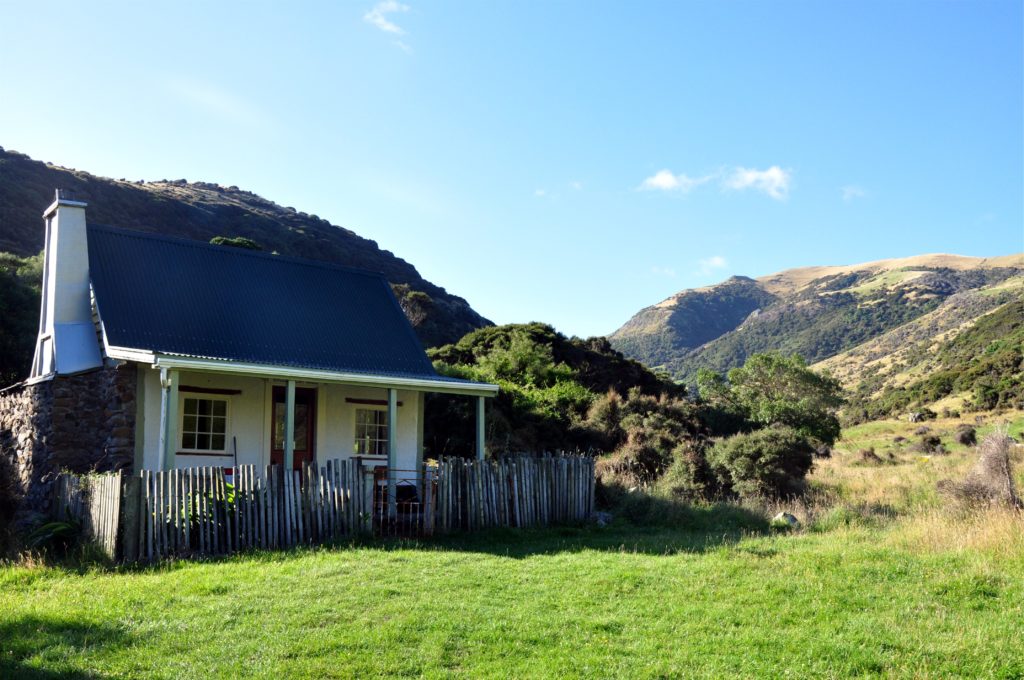
The cottage came with what appeared to be the original outhouse, although you certainly couldn’t beat the views from it!

After a quick snack we made our way back around to the main part of Flea Bay. As we followed the coastal track, we looked down and watched a seal swimming along with us. The boys ventured into the water for a very quick swim before we returned to the cottage for some dinner.
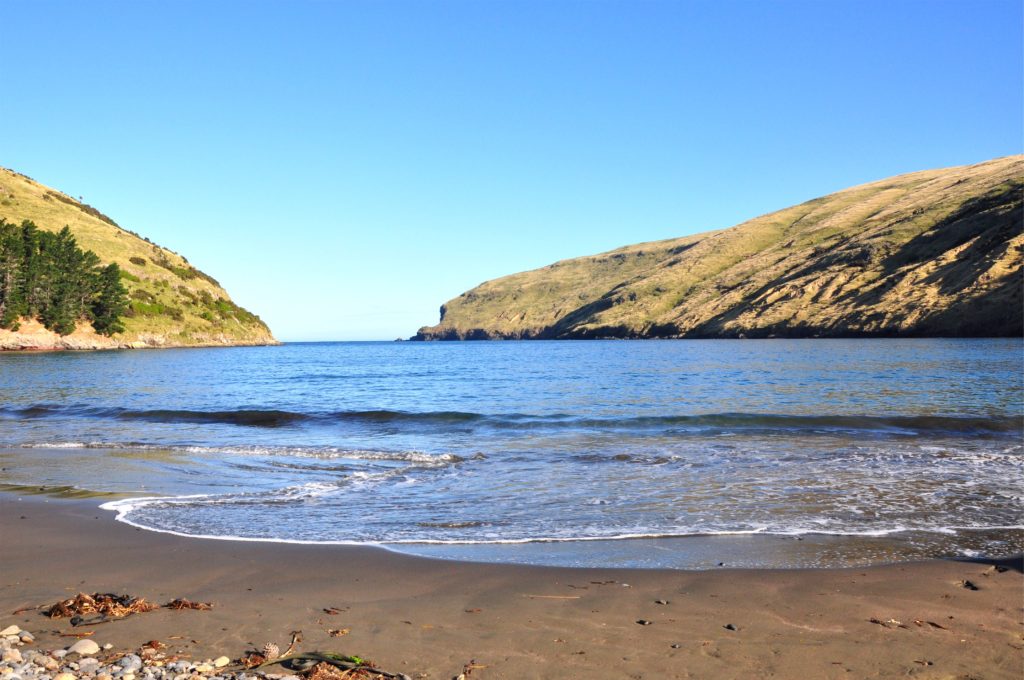
As dusk began to fall we gathered at the main house in the bay which is home to a penguin rehabilitation centre. We got to hear about the Little Blue Penguins that live in this bay. As we were visiting around the end of nesting season, the centre had a few young penguins that they were feeding prior to releasing them back into the wild.
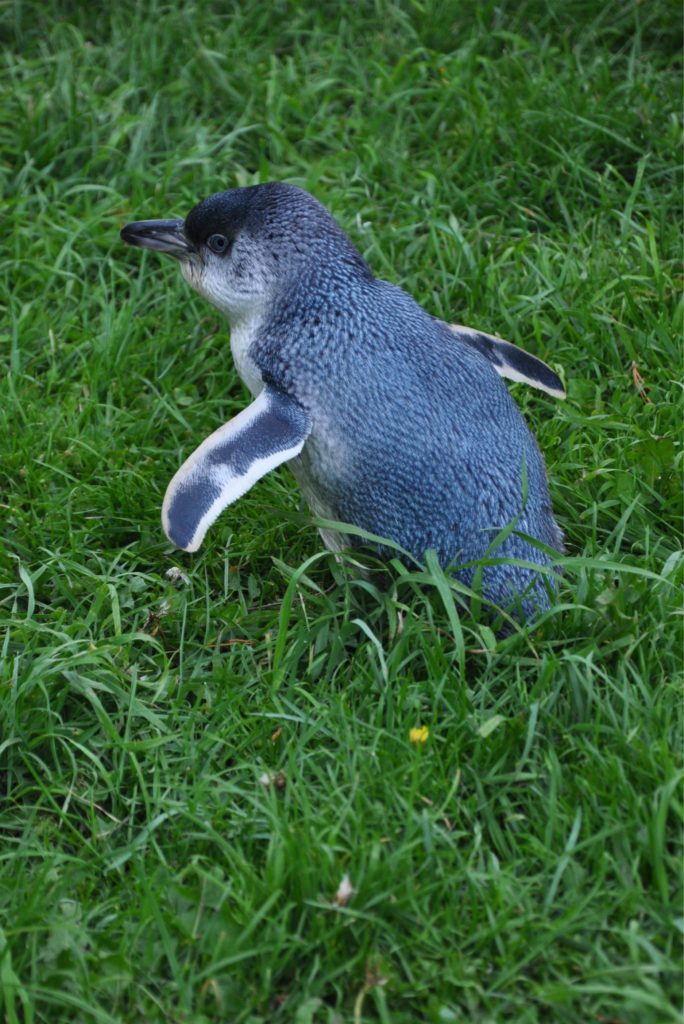
After watching the penguins have their supper we made our way down to the beach to see one of the older penguins being released into the wild. Surprisingly, despite having been fed for a few weeks, the penguin was keen to be released and seemed to happily make its way out into the bay.
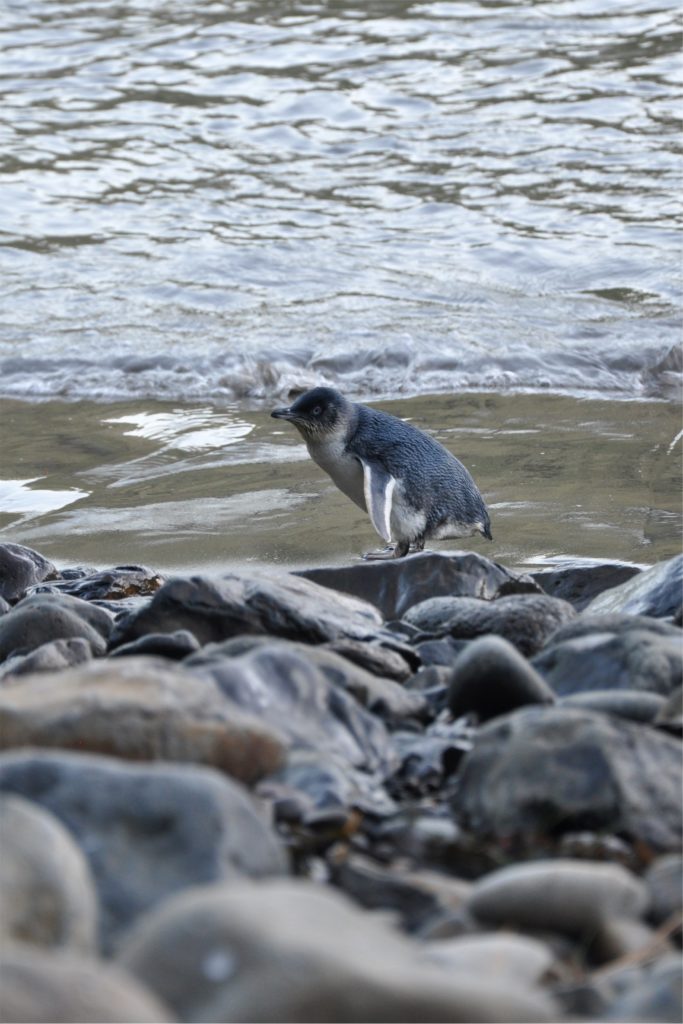
We continued around the bay with the guide, passing this pitiful looking Fiordland penguin. It was actually the molting season and the penguin had come ashore to molt. Unlike the Little Blue Penguins that tend to molt in their burrows or hidden under rocks, this penguin appeared to find the first available rock and just stood on it. Our guide explained that it is likely that the penguin will stay in exactly the same place for the entire ten day duration of the molt!
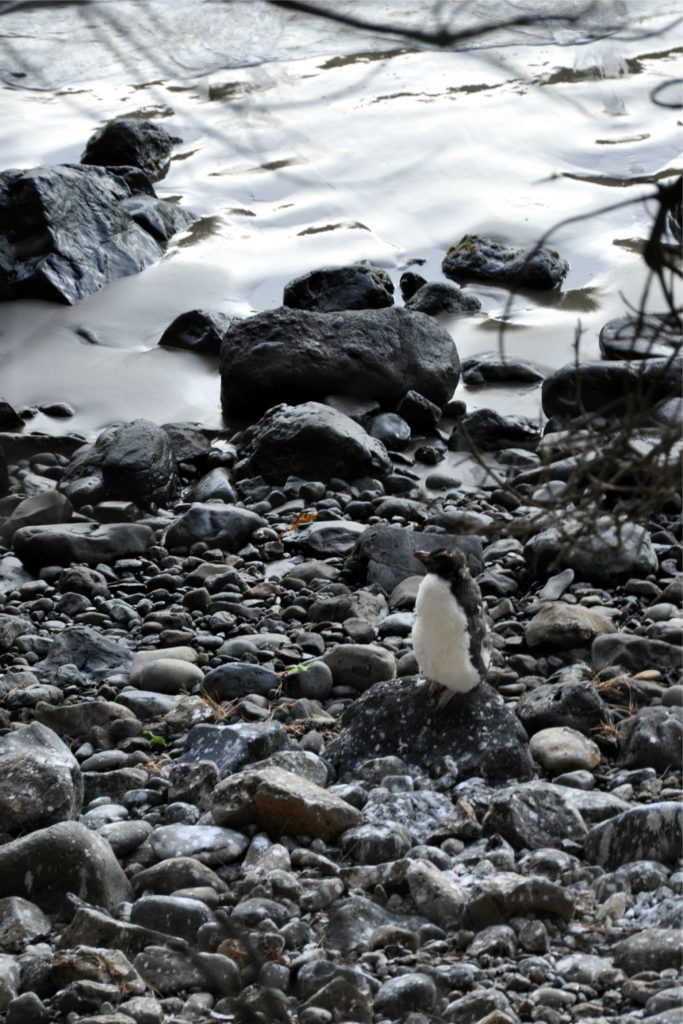
We left the Fiordland Penguin hanging out on it’s rock and continued around the bay to some hides that were built into the hillside. From here we were treated to a view of a rare Yellow-Eyed Penguin. Native to New Zealand, these are the fourth largest penguins in the world. There are actually thought to be fewer than 4,000 Yellow-Eyed Penguin’s left in the world and it is quite unusual for them to come this far north to molt.
 As darkness fell we left the penguins to themselves and headed back to the cottage. This far away from the town and surrounded by the hills of the Banks Peninsular we had the most amazing view of the stars. After failing to pick out more than one of the constellations in the Southern Hemisphere we headed into our cottage to enjoy some desert around the fire.
As darkness fell we left the penguins to themselves and headed back to the cottage. This far away from the town and surrounded by the hills of the Banks Peninsular we had the most amazing view of the stars. After failing to pick out more than one of the constellations in the Southern Hemisphere we headed into our cottage to enjoy some desert around the fire.
